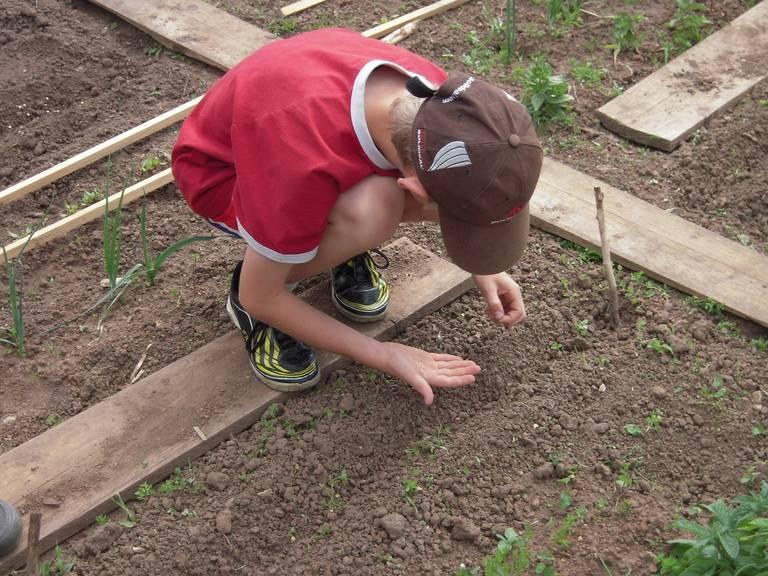
By Daphne Stanford
As reported by NPR, Baltimore’s public schools closed in early January due to unusually low classroom temperatures that local teachers dubbed “inhumane” — dipping near 40 degrees. One student told her mother that she couldn’t feel her toes at one point; another student said, “As of now, I have on four shirts, two hoodies, and a jacket. It’s kind [of] hard to get comfortable when you’ve got so many layers on and you’re not used to it and you’re still cold.” If this isn’t illustrative of educational inequity and infrastructure funding problems on a major level, I’m not sure what is.
Private Enterprise & Public Education
How can private enterprise and public education work together to promote sustainability and educational equity on a basic, structural level? Will it take applying for micro grants for renewable energy installations and school gardens — or is the prospective solution larger and more comprehensive than that?
Elizabeth Ferruelo is an educational entrepreneur: that is, she launched the social entrepreneurship thinkCERCA, a digital learning program that utilizes AI to teach argumentative writing in a way that adapts to every student on an individual level. The differentiated, self-paced instructional model allows students to utilize their critical thinking skills, making room for teachers to orchestrate classroom discussions based around the subject material.
Ferruelo acknowledges the tension in running a social business — as opposed to a nonprofit organization. In the educational sphere, this type of partnership between companies and schools is considered by many to be anathema to public education. However, the persistent problem of overcrowded classrooms makes individualized literacy teaching difficult for teachers with an average of 28 students per class, as is the case with sixth grade classrooms in California. Under these circumstances, an outside-the-box solution like AI-based software seems worth a try.
Classroom Conversations About Social Change
With all these odds piled up against the interests of public school students, how should we frame discussions of educational equity and a sustainable vision of democratic school models? Perhaps we should start by asking the students. Teachers can inspire social change in the classroom by not only discussing issues like school heating and curriculum supply budgets, but also putting these problems forth as part of a real-world curriculum that favors student voices, communication, empathy, creativity, and consensus-building.
In this way, students can address the question of social change both inside and outside the classroom — offering them a chance to see democracy at work in their own lives in a real and practical way. For example, Vox’s recent study on racially-motivated school zoning practices would be a great problem-based learning topic for discussion in a high school civics or government class — if civics were still widely taught as an individual class. Although all 50 states require civics or government instruction, factual learning is seldom accompanied by real-world learning opportunities.
The kind of systemic change that is required in public schools has been recognized by educators like Carl Hermanns, who specializes in educational leadership at the post-secondary level. Hermanns got involved through starting an after-school community music in San Diego while on staff with the San Diego Symphony. His exposure to the second-grade classroom that had lost its funding for music education inspired him to get involved with education at a hands-on level.
Like many who start out in education, Hermanns returned to the field after twenty years in the music world with a renewed interest in the needs of public schools after being exposed to them face to face — rather than merely reading about them in the news. How can more of us get involved with our local schools in order to increase students’ connection between their classroom curriculum and the larger communities in which they live?
School Nutrition Standards
The Trump administration’s rollback of Obama-era nutrition standards for school lunches does not bode well for children’s equity or health, nationwide: for example, rather than the proposed guideline of 935 mg of sodium, school lunches for elementary school students will now be eased to 1,230 mg – something Margo Wootan says “will be locking in dangerously high sodium levels in school lunch.” How can we change this?
Nutritional recommendations for what to pack for lunch the night before — which ideally includes a balanced food pyramid consisting of whole grains, fruits and vegetables, and healthy fats — assumes students have the resources to do so in the first place. Ideally, The School-Based Health Alliance and other related organizations step in to provide healthy food choices where public programs fail.
However, in a nation where an all-time high GDP of more than $18 billion was reached in 2016 — easily maintaining our lead as the richest country on the planet—why is it that we can’t manage to adequately feed our children or heat our schools? Private and nonprofit organizations have been attempting to help stop the gap, but sustained attempts at damage control do not make up a sustainable system.
* * *
How can nonprofit organizations, private enterprise, and public government work together to transform education? Will it take a massive upswing in the number of school-managed community gardens and partnerships with local farms and school cafeterias? How can we change our “second-tier nation” status for the good of our children’s future, rather than our national ego?
Share your thoughts and suggestions about educational equity from a CSR and sustainability perspective in the comments section, below.
* * *
Image Source: PixabayDaphne Stanford hosts “The Poetry Show!” on KRBX, her local community radio station, every Sunday at 5 p.m. A writer of poetry, nonfiction, and lyric essays, her favorite pastimes include hiking, bicycling, and good conversation with friends and family. Follow her on Twitter @TPS_on_KRBX.
TriplePundit has published articles from over 1000 contributors. If you'd like to be a guest author, please get in touch!














